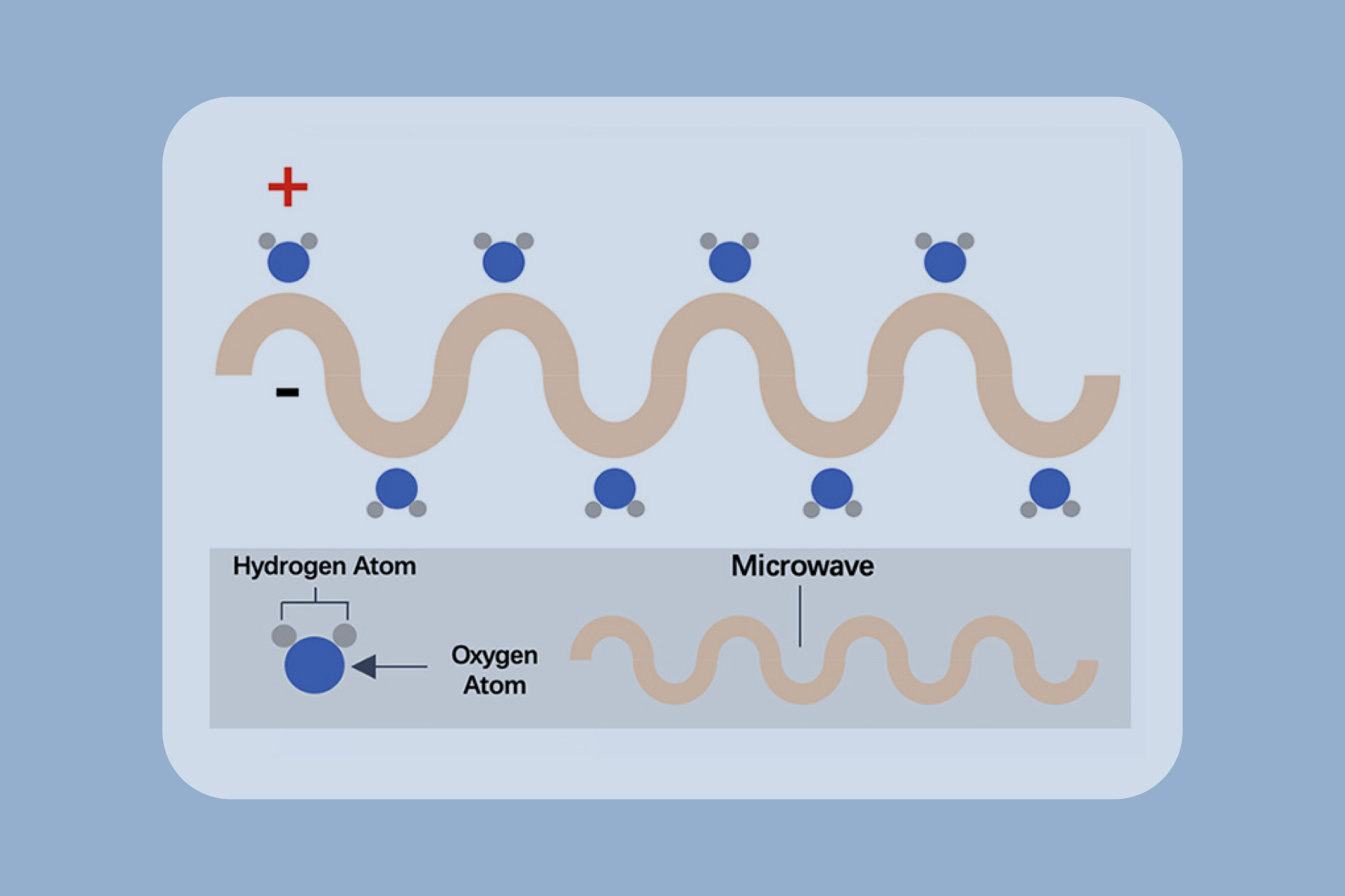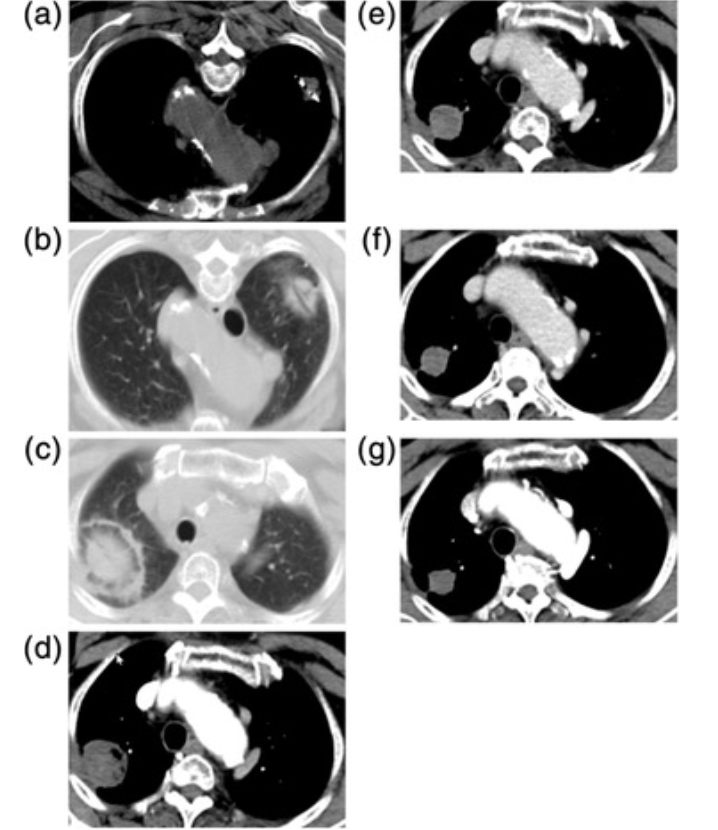 Home >
Solutions - Microwave Ablation - MWA in Kidney
Home >
Solutions - Microwave Ablation - MWA in Kidney
Kidney cancer is currently the ninth most common cancer in men and the 14th most common in women worldwide. An estimated 431,288 people were diagnosed with kidney cancer in 2020 [1].
Renal cell carcinoma (RCC) comprises more than 90% of kidney cancer. The traditional standard of care for clinically localised RCC is surgical resection. However, not all of patients have the chance to be candidates due to various reasons.
Microwave ablation, as a minimally invasive ablative technologies have emerged as promising treatment options for clinically localised RCC to reduce procedural morbidity while maintaining equivalent oncologic effectiveness with surgery [2]. In China's guidelines, it is mainly indicated for use to treat kidney tumor with a maximum of 3 lesions and a single lesion with a diameter ≤ 4cm (T1a) (Level of Evidence 2-4) [3].
The microwave ablation therapy is also recommended by ACTA Guidelines for RCC (Recommendation B-C) [4] and the EAU Guidelines on RCC [5].

Microwave ablation refers to the use of the electromagnetic methods for inducing tumor destruction by using devices with frequencies of at least 900 MHz to produce tissue-heating effects [6]. Currently, 2450MHz is the frequency used by mainstream products worldwide.
MWA was first adopted in RCC treatment by Dupuy et al. [6] in 2005. A large sample report on CT-guided percutaneous MWA of RCC is from Wells et al. in USA. the LTP rate was 1% (1/100) and 3-year OS was 91% [7]. A study with the large number of patients is reported in the single-center retrospective series from Liang et al. in China. The authors included 185 patients with 192 sporadic T1a RCCs that were treated with Ultra Sound guided percutaneous MWA. The overall occurrence of LTP was 3.2% per patient and the OS rates at 1, 3, and 5 years were 98.3%, 94.0%, and 86.3% [8].
Several reports have compared surgery and MWA in RCC patients with comparative oncologic survival outcomes [7, 9-11]. In a study from 2006 to 2012 which involved 163 patients (127 men and 36 women) with small RCC (≤4 cm), the authors compared MWA with open radial nephrectomy (ORN). RCC-related survival, estimated 5-year rates were 97.1% after MWA and 97.8% after ORN[9]. It shows similar outcomes compare with surgical therapy [9].
In conclusion, percutaneous MWA represents a valid treatment of T1a RCCs with excellent long-term technical and functional outcomes and a very low complication rate.

MWA in a 45-year-old man with right RCC adjacent to the renal pelvis. (a) Preablation arterial phase magnetic resonance imaging (MRI) scan shows one heterogeneous enhancement of neoplasm (arrow) near the renal pelvis with the size of 2.4 × 19. cm. (b) Arterial phase MRI scan obtained 2 months after ablation shows hypoattenuating ablation zone (arrow) without enhancement. (c) Scan obtained 12 months after ablation shows hypoattenuating ablation zone (arrow) without enhancement corresponding to treated region. (d) Scan obtained 24 months after ablation shows diminishing hypoattenuating ablation zone (arrow) without enhancement [10].
Advantages
Reduced morbidity and mortality

Suitability for real-time imaging guidance

Less invasive & short hospitalization stay

Synergy with other cancer treatments

Repeatability

Cost effectively

1. Sung, H., Ferlay, J., Siegel, R. L., Laversanne, M., Soerjomataram, I., Jemal, A., & Bray, F. (2021). Global cancer statistics 2020: GLOBOCAN estimates of incidence and mortality worldwide for 36 cancers in 185 countries. CA: a cancer journal for clinicians, 71(3), 209-249.
2. Yu, J., & Liang, P. (2017). Status and advancement of microwave ablation in China. International Journal of Hyperthermia, 33(3), 278-287.
3. Yu, J., Yu, X. L., Cheng, Z. G., Hu, B., Han, Z. Y., Liu, F. Y., ... & Liang, P. (2020). Percutaneous microwave ablation of renal cell carcinoma: practice guidelines of the ultrasound committee of Chinese medical association, interventional oncology committee of Chinese research hospital association. International Journal of Hyperthermia, 37(1), 827-835.
4. Park, B. K., Shen, S. H., Fujimori, M., & Wang, Y. (2021). Asian Conference on Tumor Ablation guidelines for renal cell carcinoma. Investigative and Clinical Urology, 62(4), 378.
5. Ljungberg, B., Bensalah, K., Canfield, S., Dabestani, S., Hofmann, F., Hora, M., ... & Bex, A. (2015). EAU guidelines on renal cell carcinoma: 2014 update. European urology, 67(5), 913-924.
6. Simon, C. J., Dupuy, D. E., & Mayo-Smith, W. W. (2005). Microwave ablation: principles and applications. Radiographics, 25(suppl_1), S69-S83.
7. Klapperich, M. E., Abel, E. J., Ziemlewicz, T. J., Best, S., Lubner, M. G., Nakada, S. Y., ... & Wells, S. A. (2017). Effect of tumor complexity and technique on efficacy and complications after percutaneous microwave ablation of stage T1a renal cell carcinoma: a single-center, retrospective study. Radiology, 284(1), 272-280.
8. Yu, J., Zhang, X., Liu, H., Zhang, R., Yu, X., Cheng, Z., ... & Liang, P. (2020). Percutaneous microwave ablation versus laparoscopic partial nephrectomy for cT1a renal cell carcinoma: a propensity-matched cohort study of 1955 patients. Radiology, 294(3), 698-706.
9. Yu, J., Liang, P., Yu, X. L., Cheng, Z. G., Han, Z. Y., Zhang, X., ... & Wang, X. H. (2014). US-guided percutaneous microwave ablation versus open radical nephrectomy for small renal cell carcinoma: intermediate-term results. Radiology, 270(3), 880-887.
10. Liang, P., Yu, X. L., & Yu, J. (Eds.). (2014). Microwave ablation treatment of solid tumors. Springer.








